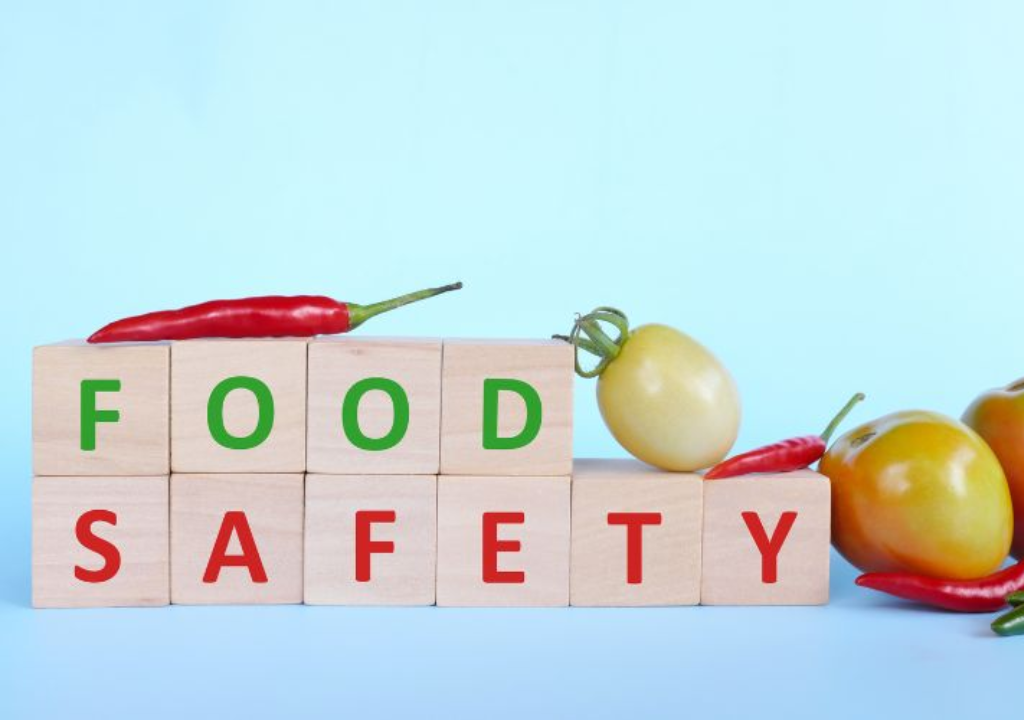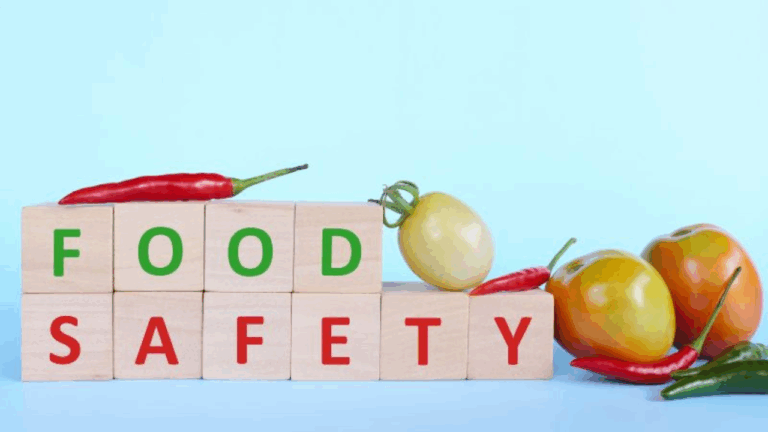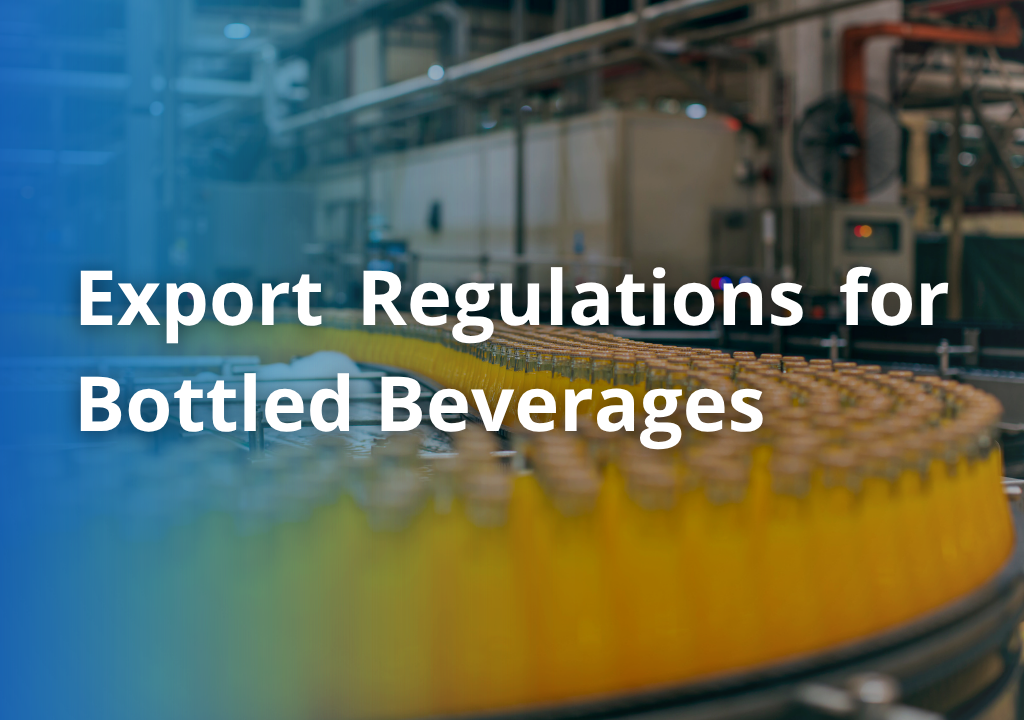Global Compliance: Navigating Food Safety Regulations

Summary
In today’s interconnected world, food supply chains stretch across borders, creating a complex landscape where ensuring food safety is more critical—and more challenging—than ever. For food manufacturers, navigating diverse regulatory frameworks is essential not only for legal compliance but also for safeguarding consumer trust and public health.
Understanding Food Safety Regulations
At their core, food safety regulations are designed to prevent foodborne illnesses and protect the integrity of the food supply. These rules govern every stage of the food production process—from sourcing and processing to packaging and distribution—ensuring that potential hazards are identified, managed, and mitigated.

One of the most globally recognized frameworks is the Hazard Analysis and Critical Control Points (HACCP) system. Developed by the Codex Alimentarius Commission, HACCP provides a science-based, preventive approach to food safety management. It requires companies to:
Conduct hazard analyses,
Identify critical control points,
Establish monitoring procedures,
And implement corrective actions.
Many national regulatory systems adopt or build upon HACCP principles. For example, in the United States, the Food and Drug Administration (FDA) enforces the Food Safety Modernization Act (FSMA)—legislation that shifts focus from reactive to preventive food safety strategies. In the European Union, the European Food Safety Authority (EFSA) governs comprehensive policies that cover hygiene, labeling, traceability, and contaminants.
Navigating Key Compliance Challenges
1. Adapting to Market-Specific Requirements
One of the most pressing challenges for globally operating food businesses is the need to tailor products to differing national regulations. From labeling laws to permissible food additives and contaminant thresholds, regulatory discrepancies can create significant operational complexity.
For instance, a product compliant in the U.S. might not meet requirements in the EU due to differing ingredient or labeling rules. These inconsistencies require companies to invest in:
Thorough regulatory research,
Product reformulation,
And adaptable manufacturing processes.
Failure to align with local standards can result in market rejection, product recalls, or damage to brand reputation.
2. Keeping Up with Regulatory Evolution
Food safety regulations are not static—they evolve in response to scientific advances, public health crises, and shifting consumer expectations. Governments frequently revise food laws to address emerging risks, such as new foodborne pathogens or the growing concern over additives and allergens.
To remain compliant, businesses must:
Continuously monitor regulatory updates,
Maintain flexible compliance programs,
And invest in staff training and system upgrades.
Proactive engagement with regulatory changes not only mitigates risk but also positions companies as responsible and trustworthy industry leaders.
3. Managing Compliance Costs
Achieving and maintaining compliance comes at a cost—especially for small and medium enterprises (SMEs). These expenses may include:
Infrastructure upgrades,
Staff training,
Traceability systems,
And third-party audits.
Balancing these costs against profitability is a common challenge. Overinvesting in compliance can reduce competitiveness, while underinvesting increases the risk of non-compliance penalties, reputational harm, and lost market access. Striking the right balance is crucial.
The Role of Certification and Accreditation
Independent certifications serve as effective tools for demonstrating regulatory compliance and building consumer trust. Standards such as:
ISO 22000 (food safety management),
BRCGS (Brand Reputation through Compliance Global Standards),
SQF (Safe Quality Food program)
… provide robust frameworks for food safety systems that align with international best practices.

While not always legally mandated, certification offers significant benefits:
Streamlined entry into regulated markets,
Enhanced credibility with buyers and retailers,
And assurance for stakeholders and consumers alike.
Certified facilities undergo regular audits and continuous improvement processes, ensuring alignment with both regulatory and quality benchmarks.
Toward a Safer Global Food System
Compliance with global food safety regulations is no longer optional—it’s an operational necessity. But beyond regulatory requirements, food safety represents a broader commitment to public health, consumer confidence, and supply chain integrity.
To future-proof their operations, companies must:
Embrace a culture of safety and transparency,
Invest in compliance infrastructure,
Earn recognized certifications,
And foster close collaboration with regulators, suppliers, and industry bodies.
In parallel, the adoption of digital tools—such as blockchain for traceability or AI for risk prediction—offers exciting new avenues for improving oversight and accountability across the food supply chain.
Conclusion
Food safety compliance is a moving target in a dynamic and globalized marketplace. By prioritizing regulatory intelligence, proactive planning, and internationally recognized certifications, businesses can not only ensure compliance but also differentiate themselves as trustworthy stewards of public health.
Ultimately, a shared commitment between industry and regulators to uphold rigorous safety standards will be key to building a safer, more resilient, and more transparent global food system.
Source: Industry today

